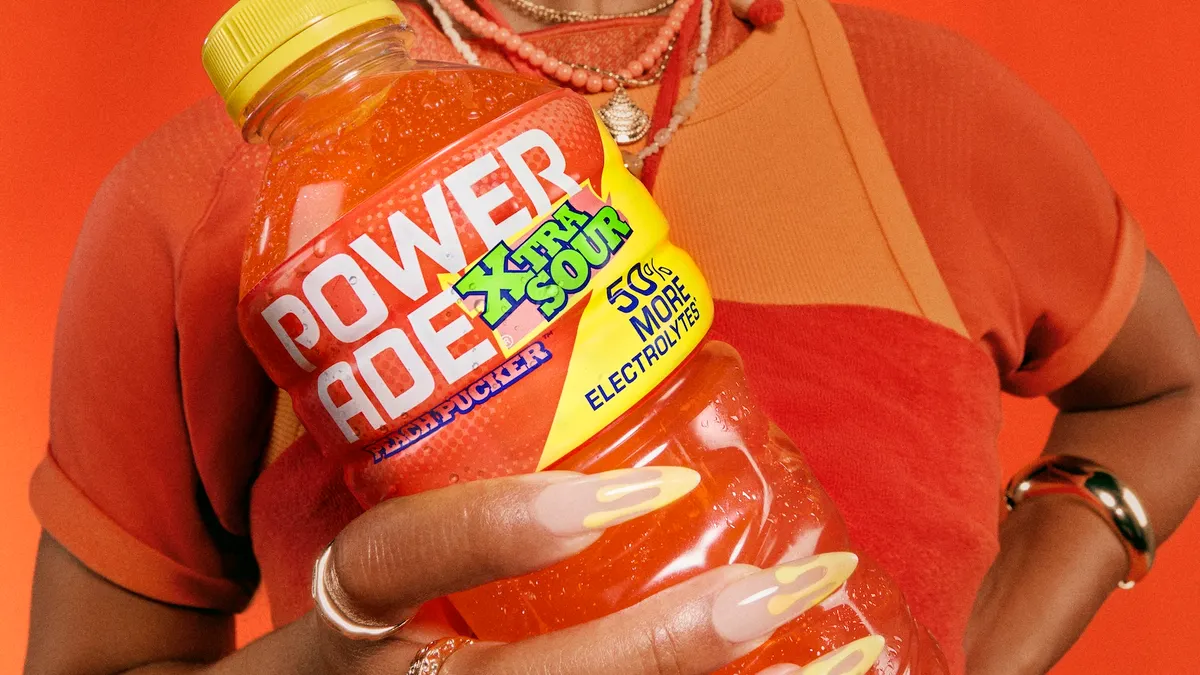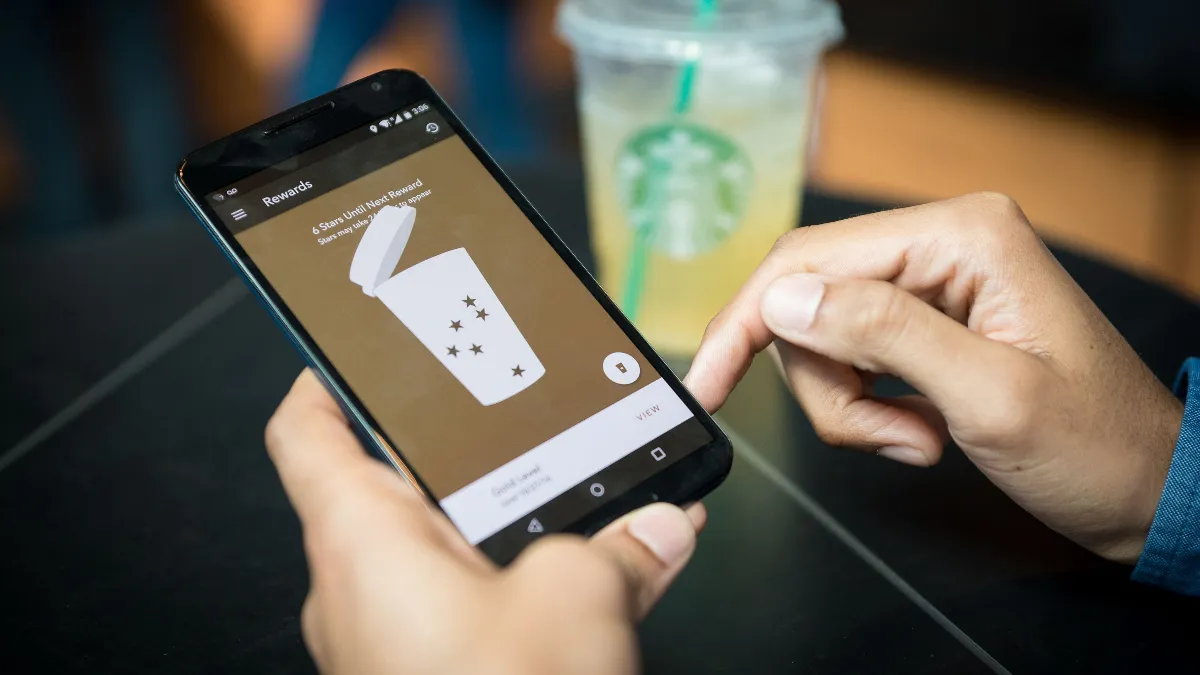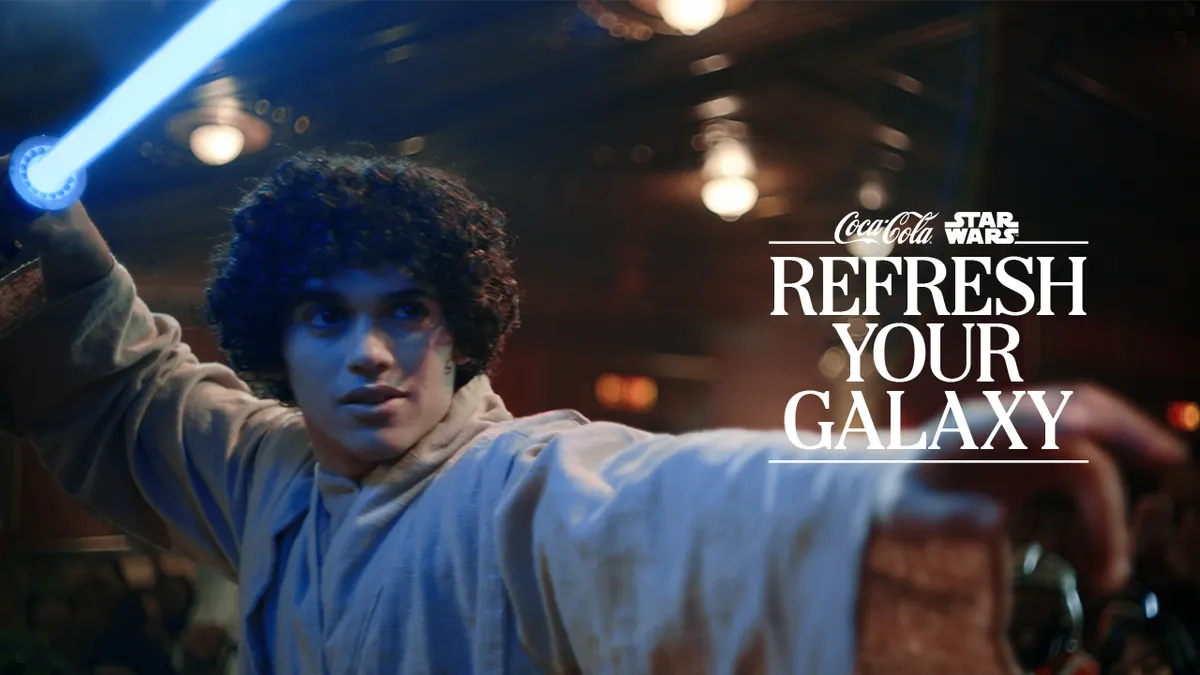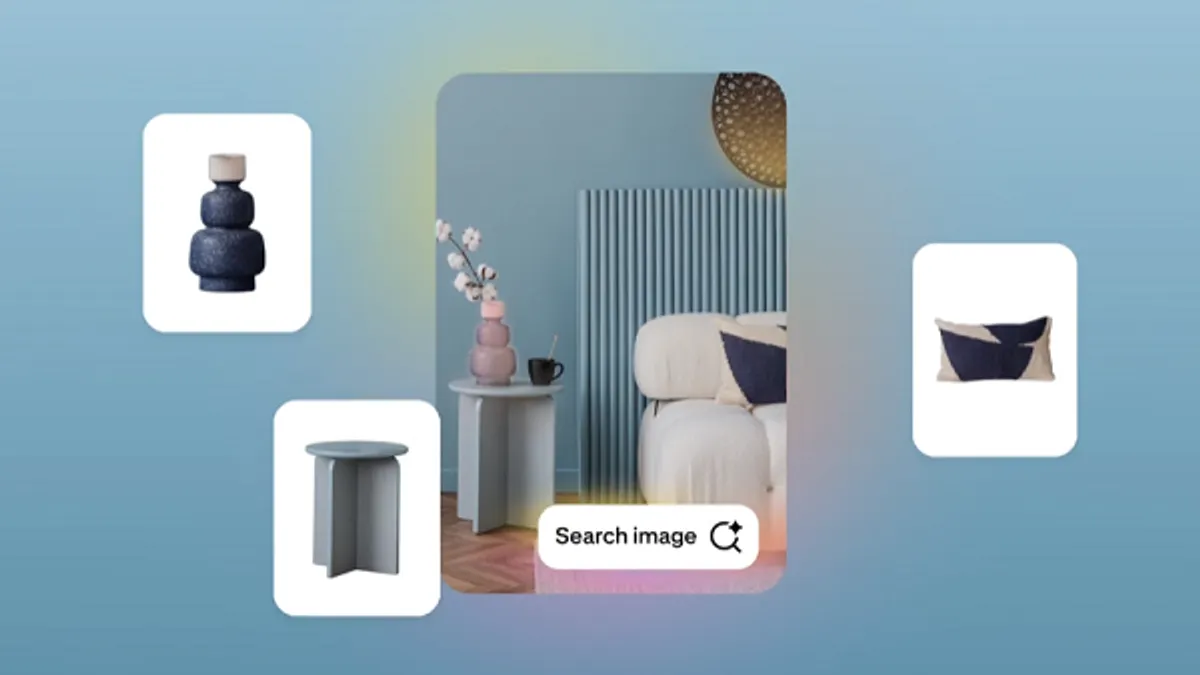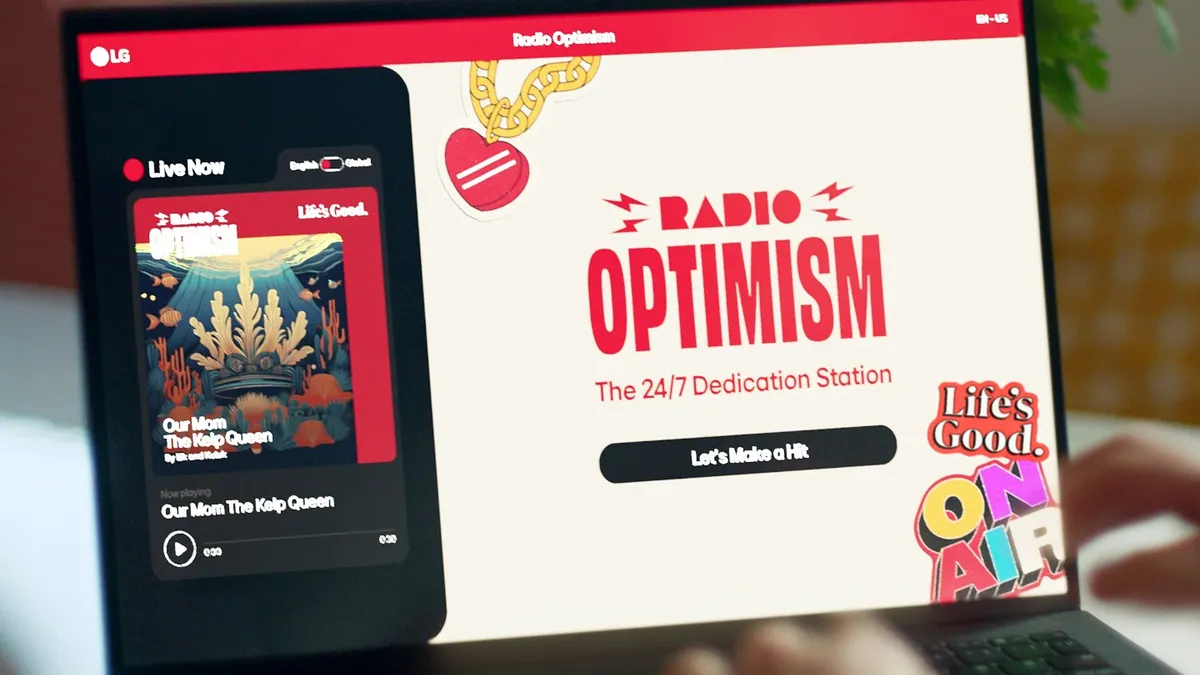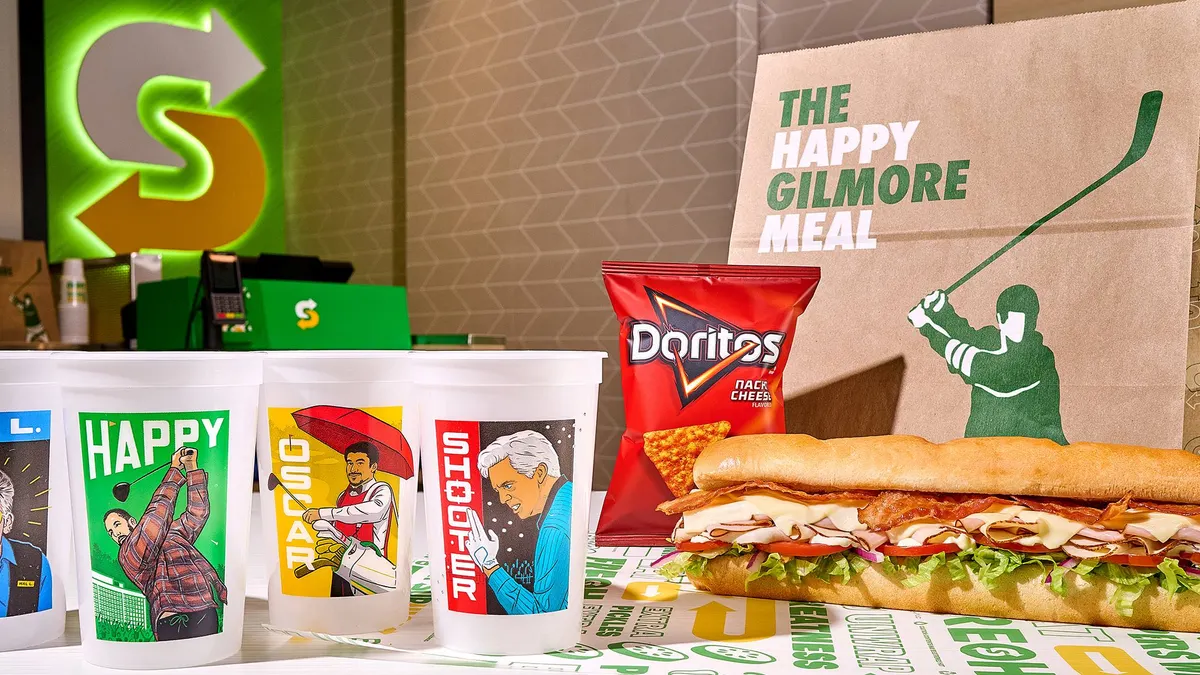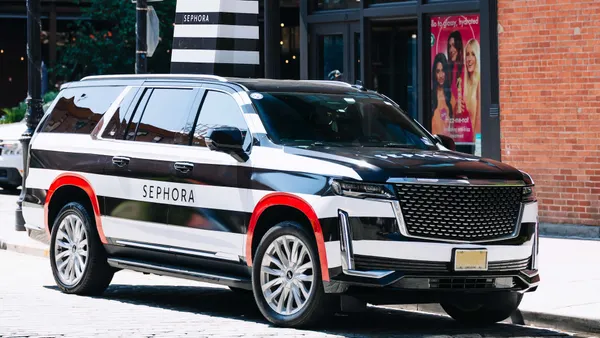When the first Amazon Go opened its doors in January, it felt like a potential game-changer. Customers lined up outside the Seattle store for a glimpse of the "line-free" grocery concept, waiting eagerly to try out the e-commerce giant's latest innovation.
Early results from the store's first few months show that visitors flock to fresh food items like fruit and chicken banh mi sandwiches but are still hesitant of the grab-and-go system, Go executives announced at Shoptalk in March. But what's perhaps more compelling than the products Go offers is how Amazon is bridging mobile and brick-and-mortar retail through technology that's captured peoples' attentions.
Some marketers have questioned whether the concept will stick after the novelty wears off, while others ask: Will the Go model become the new gold standard for retail?
"Amazon Go is going to be everywhere. I don't see how it isn't," Casey Gannon, vice president of marketing at Shopgate told Mobile Marketer. "Most retailers are going to need to look at mobile technology in a way that helps create remarkable in-store experiences but will need to use mobile in very different ways, potentially drawing from some elements of Go."
Others, however, are not so bullish on the idea, citing privacy concerns and capital-intensive investments that will likely limit the tech to major companies with deep pockets like Amazon — at least in the near future.
"I don't think it'll be an overnight phenomenon, but it's certainly a good proof of concept for a different way to think about the store experience that could reset a lot of industry players' expectations," Keith Anderson, Profitero's senior vice president of strategy and insights, said. "It's a really interesting and encouraging development that will raise the bar for what people expect in a brick-and-mortar experience, but there are a lot of questions still."
It's Amazon's world, and we're just living in it
Technology continues to weave its way into the customer journey, transforming the brick-and-mortar experience to include beacons, self-checkout, "smart shelves" and other high-tech integrations. This has inspired a number of retailers to discover new ways to embrace consumers' frequent use of phones while shopping in stores and to relieve their greatest pain points.
Walmart, for example, expanded its Mobile Express scan-and-go app to 100 more stores in January to let customers skip the checkout line and instead scan, bag and pay for items directly through their smartphone. Grocery giant Kroger plans to roll out similar technology in the coming months. Athletic apparel brand Nike is also ramping up its mobile strategy by testing an app that recognizes shoppers when they enter stores, letting them pay without waiting in line and allowing them to reserve products for retrieval from a store locker to try on before buying. According to Gannon, Go is just the next iteration of this trend line, where mobile evolves with an eye toward enhancing the in-store experience.
Amazon additionally might have an advantage given its growing focus on innovative digital technology, from its streaming service Twitch; to patenting the one-click buying process that makes mobile transactions quicker and easier; to its voice assistant Alexa and line of Echo connected devices. Many marketers believe that Go isn't all that surprising given Amazon's reputation for exploring fresh ways to integrate mobile experiences, but being the first to market with a concept that also has a strong brick-and-mortar component might help the e-commerce giant win some buzz and drive customer loyalty.
"We've lived in a world for so long where it was offline versus online, and we've been just waiting for this [merger] to happen."

Casey Gannon
VP of marketing, Shopgate
For now, Go's combination of mobile and in-store technology is limited to deep-pocketed companies like Amazon, which can afford to experiment with surveillance-powered stores (the Go store in Seattle has hundreds of cameras installed in the ceiling). But that will almost certainly change as the technology evolves and trickles down to smaller businesses through third-party developers who sell it through a software-as-a-service (SaaS) platform, according to Gannon.
In February, tech startup AiFi launched a checkout-free platform that uses AI and computer vision to track customers and process purchases in stores, similar to Go. AiFi said it's piloting the tech in an undisclosed 50,000-square-foot store, dwarfing the size of Go's 1,800 square feet and proving that this type of technology is scalable to traditional grocery stores. It could also give grocers of all sizes a way to directly compete with Amazon. Some sources have reported that Walmart is developing a Go-like store format, which, if true, likely hints at a major frictionless-retail war ahead.
Shifting experiences through mobile tech and data
While making customers' shopping easier, in-store tech advances have brought with them marketing opportunities to better analyze consumer behaviors and inform personalization through data, something Amazon has excelled at for years with product recommendations tailored to a user based on their browsing and purchase history. The company hasn't divulged broader plans for Go — though multiple people familiar with the matter told Recode there may be six more stores in the works — but the computer-vision technology that supports the cashier-less store also offers a powerful view into in-store pathway analytics.
"Think of all of the analytics and personalization Amazon's famous for online and start to play out how you could apply similar analytics to a brick-and-mortar environment," Profitero's Anderson said.
Marketers have collected this type of pathway data for years, but it's been more of a manual process that limits scalability. Now, the technology is catching up to the concept, allowing for Amazon to gather shoppers' data in greater detail and at a massive volume through advanced visual technology and mobile devices. By doing so, the e-commerce giant could better inform its in-store strategy and inch closer to the "holy grail" of retail marketing in understanding why shoppers do what they do when they're in a store.
"Amazon's got the dollars to drive the innovation right now, but like we've seen in the past, it takes time for others to catch up to the big players," Gannon said. "We've lived in a world for so long where it was offline versus online, and we've been just waiting for this [merger] to happen."









